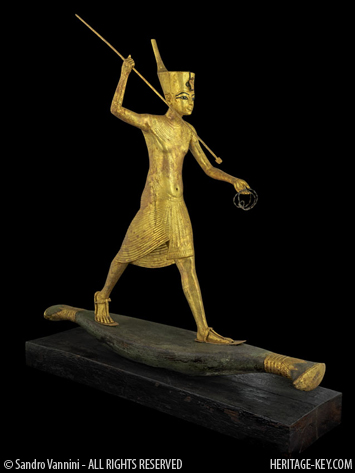 There is some interesting news coming from Tayinat that Heritage Key will be reporting on soon as part of a larger article.
There is some interesting news coming from Tayinat that Heritage Key will be reporting on soon as part of a larger article.
Tayinat is the site in southeast Turkey that has been making media headlines for the discovery of a tablet cache. It wasfound in atemple that was reported, in many outlets, to have stood during the Dark Ages.
I sat down with Professor Timothy Harrison, the project leader, to learn about what they found.
News on the tablet discovery
First bit of news, an update on the tablet cache discovered this summer.
In 738 BC Tiglath Pilesar III destroyed Tayinat and the site would later be rebuilt as a provincial capital for the Assyrians. The tablets date to this time of Assyrian occupation.
Right now (as per Turkish archaeological policy) the tablets are in storage in a museum. Conservation work will likely be continuing during the winter and, hopefully, somefulltranslations will appear in the spring.
At this point the team has only a general idea as to what the tablets say. One of the tablets reads like a spreadsheet according to Professor Harrison and listscommodities such as wheat and emmer, along with numbers that represent months of the year.
One of the tablets however, appears to be something else, its 45 cm by 35 cm in size and the format suggests that its no ancient commodity list.
The format of the document indicates that its clearly either a literary or historical document it may well prove to be something like a royal inscription, Professor Harrison told me.
I’ve requested photographs of the front of the tablets, however the Tayinat project will not be releasing them right now. They want the epigraphers to have a shot at translating them first, before they are disseminated over the internet.
News on the Dark Age temple
Second bit of news – the Dark Age temple, reported widely in the media, doesnt date to that time. I talked to Professor Harrisonfor a half-hour interview, and followed it up with an email exchange just to make sure.
The earliest architecture, from the temple, dates to the 9th and 8th centuries the time-frame after the Dark Ages. The team has a lot of excavating to do in the years to come, and they might find a Dark Age temple layer yet, but they dont know for sure that they will.
“Our excavations in the temple have not yet reached Early Iron Age levels (ie the ‘Dark Age’ period). I anticipate that they will, but in archaeology you never know what you might, or might not, find,”Harrison wrote in an email.
How this erroneous information got into the media is complicated. First of all, there was a release from the University of Toronto in the spring, which said the temple dates from the 10th/9th centuries.
In fact the team cannot say that the temple existed in the 10th century, at least not yet. Professor Harrison hastried to clarify the dating in media interviews.
Second thing is that there seems to be misconception, in some of the reporting, as to how long the Dark Ages last. The Dark Age period starts in 1200 BC and goes until 900 BC. The 9th/8th centuries are not the Dark Ages.
Be sure to check out our in-depth articlewhich will explain, in detail, what does date to the Dark Age at Tayinat. I assure you, there will be lots of interesting stuff.



